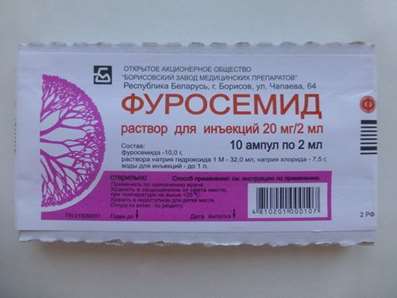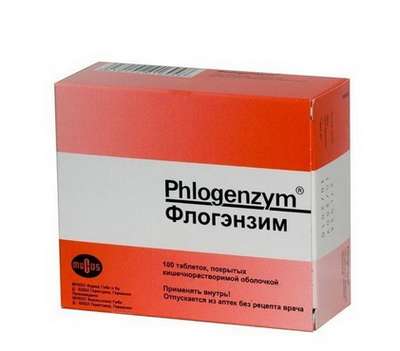Water and thirst
29 Dec 2016
In adult humans, the water is 60% of the total body weight. Water content differently in different tissues. In connective and support tissues it is smaller than in the liver and spleen, where it is 70-80%.
In the body, water is distributed inside the cells and outside. The extracellular liquid contains about 1/3 of all the water, it has a lot of sodium, chloride and bicarbonate; in the intracellular fluid, comprising water supply 2/3 concentrated potassium phosphate anions esters and proteins.
Water enters the human body in two forms: as liquid - 48%, and in the solid food composition - 40%. The remaining 12% are produced in nutrient metabolism. The updating process occurs pods in the body at high speed: in blood plasma in 1 minute is updated 70% water.
To improve endurance use – Meldonium, Phenylpiracetam, Cyanocobalamin.
The water exchange involves all tissues of the body, but most intensely - kidney, skin, lungs and gastrointestinal tract. The main body, which regulates the exchange of water and salt are the kidneys, it should be borne in mind that the number and composition of the urine can vary considerably.
Depending on the operating environment and the composition of food and fluid consumption amount of urine can range from 0.5 to 2.5 liters per day. Water loss through the skin occurs by direct evaporation and sweating.
In the latter case usually allocated 200-300 ml of water per day, while the amount of sweat is more dependent on the ambient conditions and nature of the exercise. With the exhaled air through the lungs is released as vapor and 500 ml of water.
This number increases with exercise on the body. Typically, the inhaled air contains 1.5% water, whereas exhaled - about 6%. An active role in the regulation of water and salt exchange plays the gastrointestinal tract, which is continuously allocated in the digestive juices and the total amount can be up to 8 liters per day.
Most of these juices is sucked again from the body and excreted in feces is not more than 4%. authorities involved in the regulation of water-salt metabolism, and liver concerns that can delay the large amount of liquid.
With the loss of fluid in a person, especially an athlete, there are certain symptoms. The loss of 1% of the water causes a feeling of thirst; 2% - a decrease of endurance; 3% - reduction in force; 5% - reduction in salivary flow and urine-formation, rapid pulse, lethargy, muscle weakness, nausea.
As a result of intense exercise in athletes organism occur simultaneously two processes: the heat generation and return it by radiation in the environment and by sweat evaporating from the body surface and heating the air inhaled.
When sweating and evaporation of 1 liter of sweat body gives 600 kcal. This process is accompanied by a cooling of the skin. As a result, the body temperature is regulated. Together with then allocated mineral salt (usually athletes say that salty sweat and burns the eyes).
Under the influence of exercise the body adapts to the conditions of a heating and cooling climate. Thermoregulation of an athlete during muscular work is closely linked with the state of water-salt metabolism and requires a high fluid intake in the form of special drinks.

 Cart
Cart





